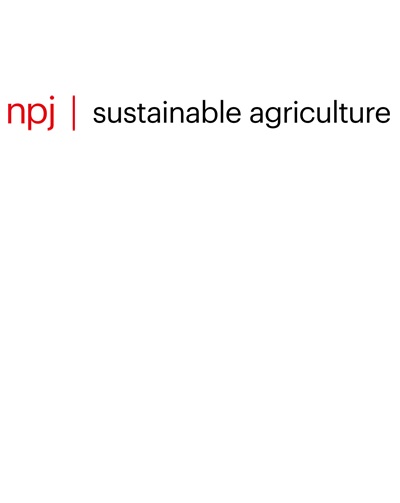Soybean production in Sub-Saharan Africa (SSA) is increasing as its demand for food, feed, cash, and soil fertility improvement soars. Yet, the difference between the smallholder farmers’ yield and either the attainable or the potential is large. Here, we assessed the contribution of various crop management practices to yield gap, and the major factors limiting soybean yield increase per unit area. This study showed that besides soil nutrients and plant nutrition, soybean variety is the most limiting factor in Malawi and Zambia, whereas, in Mozambique, seed rate is significant. Overall, in the Southern Africa region (Malawi, Zambia, and Mozambique) the major soybean yield gap contributors are: variety (63.9%), seed rate (49.7%), and disease damage (36.3%), especially soybean rust. An indication that through yield gap decomposition, interventions could be prioritized to target the most yield-limiting factors with the minimum resources available to smallholder farmers and immensely narrow the yield gap.
DOI:
https://doi.org/10.1038/s44264-024-00039-9
Skor altmetrik:
Jumlah Kutipan Dimensi:

Tahun publikasi
2024
Penulis
Omondi, J.O.; Chiduwa, M.S.; Kyei-Boahen, S.; Masikati, P.; Nyagumbo, I.
Bahasa
English
Kata kunci
yields, soybean, crop production, crop management, small scale farming
Geografis
Malawi, Zambia, Mozambique
















